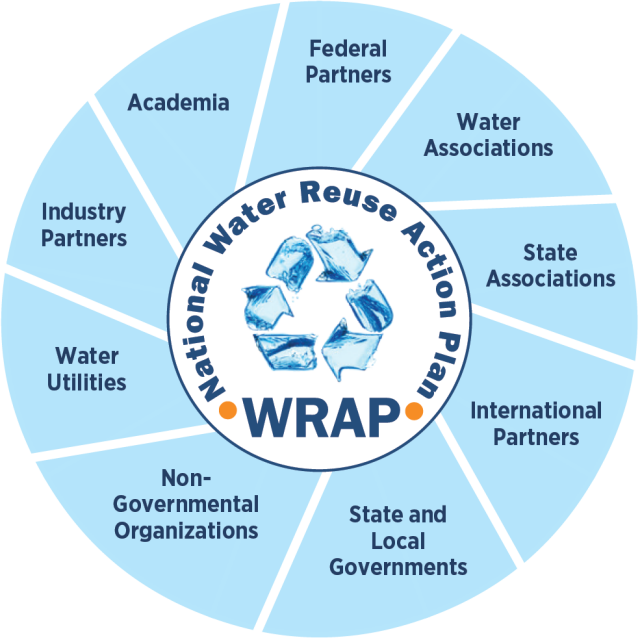https://mailchi.mp/arccopy/uruguay?e=2eefef7b3e
💧WATER EMERGENCY – LIES to KILL
Uruguayans Left with 10 Days of WATER
Remember Several years back we were TOLD Cape Town in South Africa had only 10 daysof Water Left
We are NOT Running OUT OF WATER
WATER isa “RENEWABLE”
PLEASE HELP SPREAD THE WATER FACTS
GO TO –
PrimaryWater.org
https://www.reuters.com/world/americas/uruguayans-pray-rain-capital-reservoir-left-with-10-days-water-2023-05-23/
Uruguayans pray for rain as capital reservoir left with 10 days of water
Lucinda Elliott
MONTEVIDEO, May23 (Reuters)- Uruguayans in the capital Montevideo are praying for rain amid a historic drought that has left the main reservoir for the city with only ten days of water left.
Low rainfall and hightemperatures across the southern region of South America have triggered a severe drought over the last year, affecting crops in neighboring grains producer Argentina and triggeringsteep farm losses.
In Uruguay, the water deficit is the worst in 74 years, according to officials. It is affecting supply to thousands of households and leading to poor water quality
“I’m worried that we’re relying on rain as the only answer,” Vanessa Fleitas said outside her child’s school in Montevideo that had closed early because of a lack of drinking water for the students. “It is unusually warm for the time of year.”
Water levels in the Paso Severino reservoir, which serves more than half of Uruguay’s 3.5 million people, are at “historical lows”, according to state water company Obras Sanitarias del Estado (OSE), at around 10% ofcapacity.
The latest data shows it has around 6.2 million cubic meters of water, a far cry from the 60 million monthly average. Around 650,000 cubic meters is needed every day tosupply the capital.
Light rainfallin recent days “did not change the outlook,” OSE said, although some showers are forecast for later this week. Meteorologists say 50 millimeters (2inches) of rain is needed daily through to June for reservoir levels to startto recover.
Dwindling reserves of fresh water in the country’s main reservoir forced the public water company in late April to mix supplies with water from the River Plate estuary,resulting in unusually high levels of sodium and chlorides.
“My customers don’t trust what comes out of the tap,” said shop keepe rRamon Arteaga in downtown Montevideo, where daily sales of bottled water at his store have increased ten-fold since the start of the water deficit.
Public angerover water shortages is building with street demonstrations planned in thecapitalon Wednesday.
Federico Kreimerman, president of the workers union at OSE said low rainfall,mismanagement of supplies and a lack of state investment was to blame. Waterfor human consumption also competed with soy farming, ranching and forestry,he added.
The office of the president declined to comment to Reuters. It has said it is assessingadditional measures, including a new reservoir to reduce the salinity of local drinking water.
Reportingby Lucinda Elliott Editing by Bill Berkrot
Our Standards: The Thomson Reuters Trust Principles.





